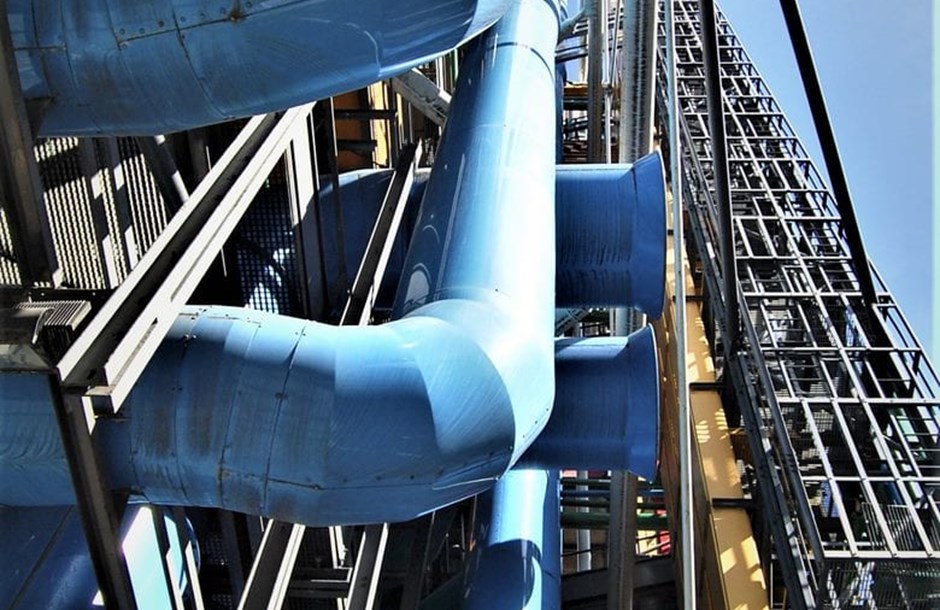Construction facts about famous buildings
Exciting construction projects are happening all the time, across the world, and we're about to take a look at the some of the most interesting and famous buildings across the globe. From cathedrals and mosques, to parliament buildings and office towers, there are so many shapes and size of construction builds! Read on to learn all about these amazing buildings and the architects.
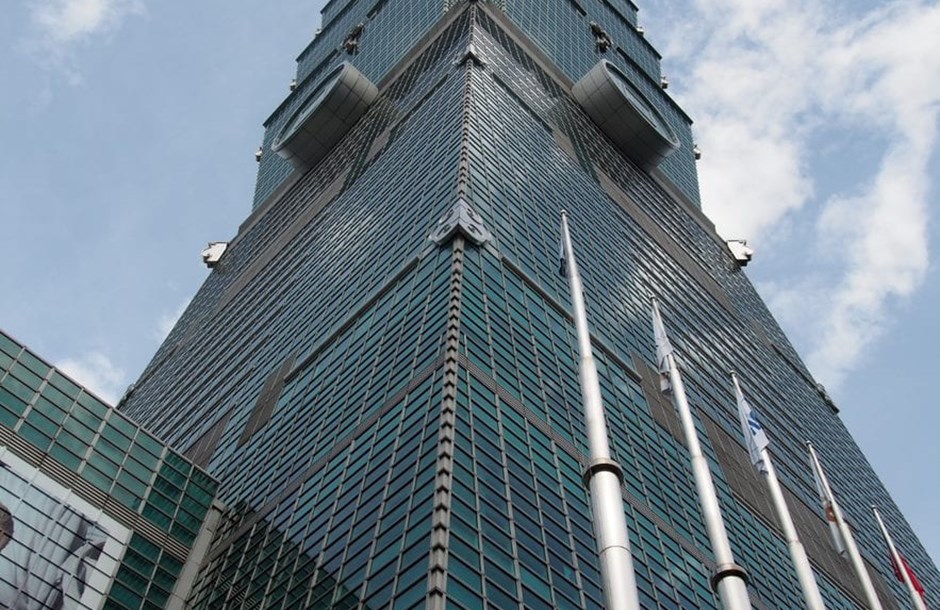
TAIPEI 101 TOWER, TAIPEI, TAIWAN
Taipei 101 is a postmodernist skyscraper designed by C.Y Lee and C.P Wang in Xinyi, Taipei, Taiwan. Up until 2004 it was classified as the world’s tallest building, until 2010, when Burj Khalifa in Dubai was completed. The tower is not only known for its distinct architectural aesthetic – inspired by pagodas and stalks of bamboo – but also for the huge ball of steel that hangs between the 92nd and 87th floors. The 660 tonnes pendulum looks like something out of a sci-fi film, but its purpose isn’t just to look pretty. When the building is experiencing extreme weather, such as typhoons, the pendulum swings into action, oscillating to absorb the movement of the tower. Fun fact, in August 2015, Typhoon Soudelor swept across Taiwan at 170 km per hour, but the Taipei 101 tower remained undamaged.
SHEIKH ZAYED GRAND MOSQUE, ABU DABI, UEA
This mosque is a visual phenomenon, built in two different phases between 1996 and 2007. It is one of the largest mosques in the world, the space it occupies being equivalent to the size of five football fields. In 2017 was voted the 2nd top landmark in the world by Tripadvisor contributors. The construction of the mosque began during the presidency of the late HH Sheikh Zayed bin Sultan Al Nahyan, who envisioned this building to represent the union between the Islamic world’s cultural diversity, historical and modern values of architecture and art. Three thousand workers and 38 sub-contracting companies participated in constructing this building. It has 82 domes, over 1000 columns, gold gilded chandeliers, and its handmade carpet is the largest in the world, having taken 1200 women and two years to complete.
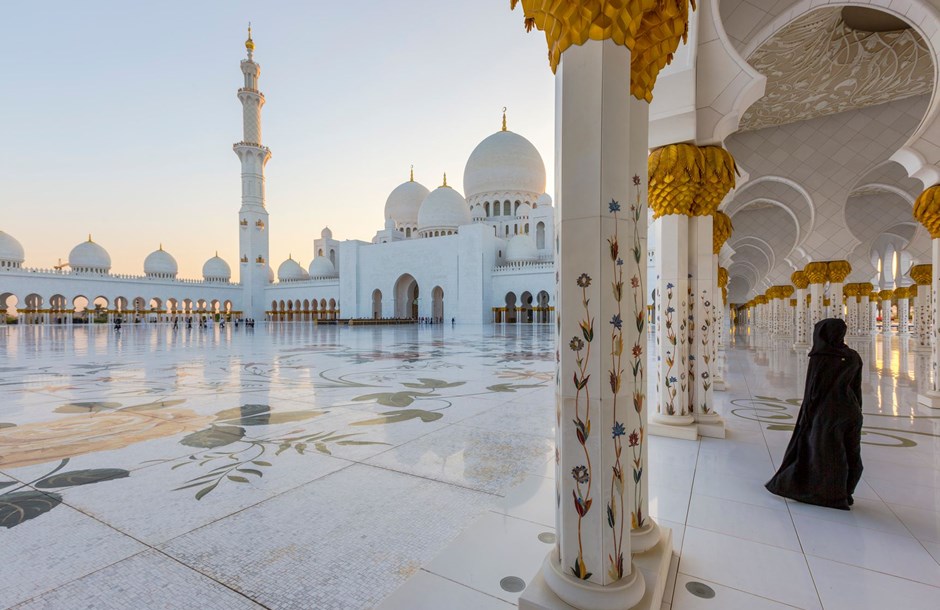
THE CATHEDRAL OF SANTA MARIA DEL FIORE, FLORENCE, ITALY
Filippo Brunelleschi singlehandedly and single-mindedly created one of the most famous domes in Renaissance architecture located in Florence, while revolutionising construction in the process. By the time of Brunelleschi, work on the cathedral has already begun, lasting more than 100 years. The construction started in 1296 to the design of Arnolfo di Cambio and was structurally completed by 1436. However, little thought has been given to how a dome could be placed, on what it was at that time, a 42m hole. Brunelleschi grew up close to the building site and as a youngster he made a promise to provide a dome for the cathedral. In 1420 work on the dome started, using Brunelleschi unique idea that he refused to disclose, and the construction lasted until 1436, utilising more than 5,000 bricks. It was one of the most impressive projects of the Renaissance and the first octagonal dome in history
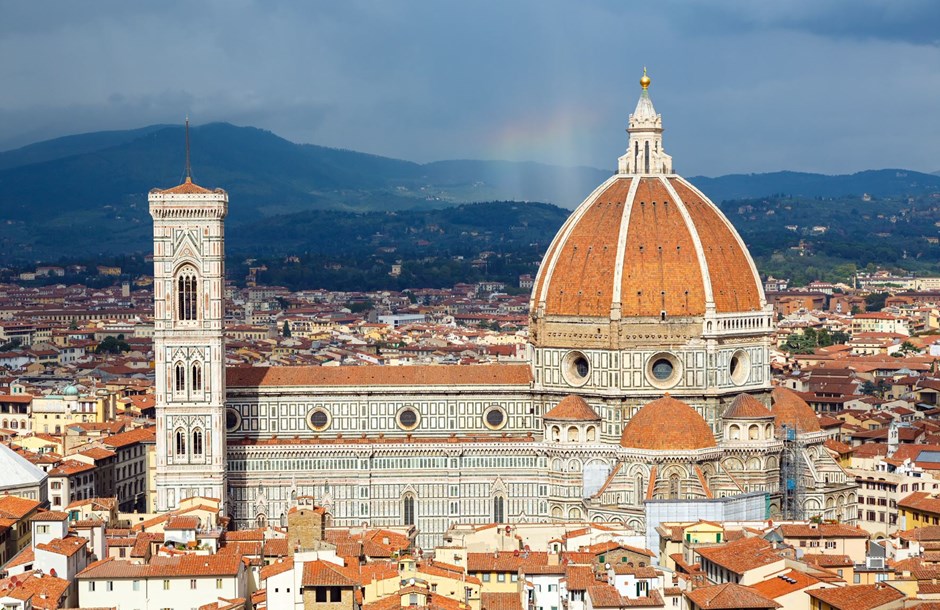
PARLIAMENT HOUSE, BUCHAREST, ROMANIA
Located in Bucharest, Romania, the Palace of the Parliament, widely known as The People’s House is the heaviest building in the world, weighing 4.10m tonnes, with a height of 84m and a floor area of 365,000m2. The building was designed and supervised by architect Anca Petrescu, with a team of approximately 700 architects, and constructed over 13 years, from 1984 until 1997, in a socialist realism style. There are plenty of stories and myths surrounding this building and its construction process such as secret rooms, secret tunnels or even strange disappearances of on-site workers. However, to make room for such a ‘pharaonic’ structure, as some sources label it, an entire area had to be demolished. The Uranus area was previously the location of the National Archives, a monastery, a hospital and 37 factories and workshops. During its construction, between 20,000 and 100,000 people worked on the site and project, including 5,000 soldiers and huge number of volunteers. The Palace of the Parliament has eight underground levels, with a nuclear bunker located at the last level. It’s linked to the main state institutions by 20km of catacombs.
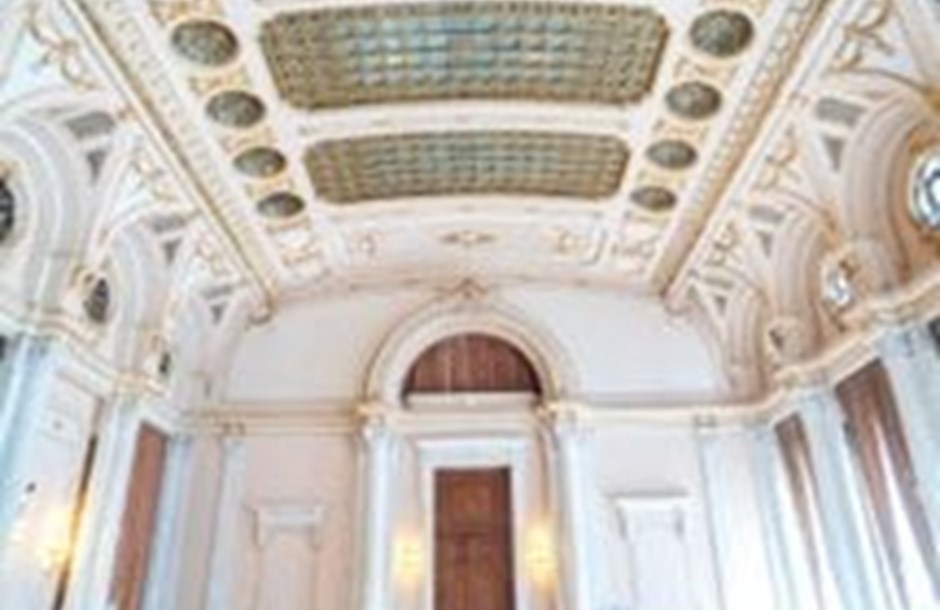
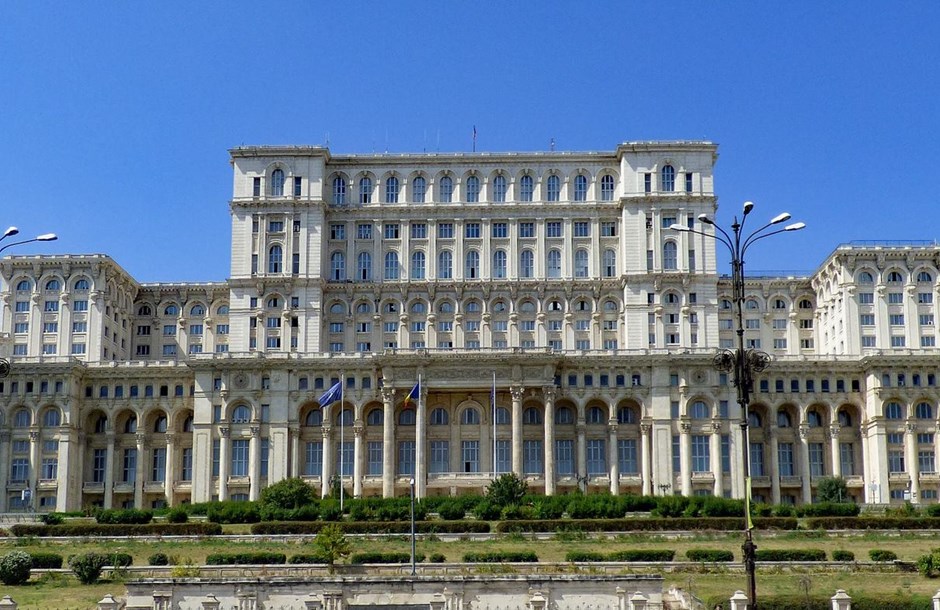
CENTRE POMPIDOU, PARIS, FRANCE
Its innovative and revolutionary character places Centre Pompidou as one of the most emblematic buildings of the 20th century, being the heir to the 60’s architectural utopias. Designed by Renzo Piano and Richard Rogers, this ‘big urban toy’ as Piano described it, is the largest museum for modern art in Europe. Its exposed superstructure is constructed from more than 16,000 tonnes of prefabricated steel parts.
The centre’s facades are covered with colour-coded building services: yellow for electrics, blue for air-conditioning, green for water pipes, and nonetheless red highlights tubular escalators and elevators for circulating people. This novelty in design allowed the internal spaces to be easily rearranged, giving freedom of expression and high levels of adaptability. However, since the centre reopened in 2000, after two-year refit, the escalators are no longer accessible, which sadly diminishes their primary role in making the structure resemble a theatre and connecting it with the city’s life.
